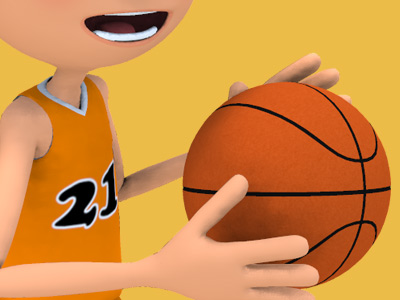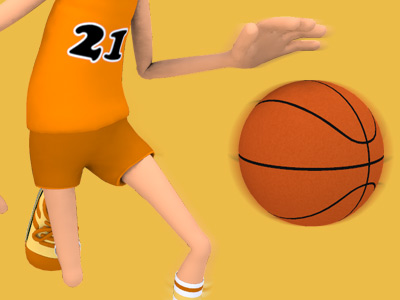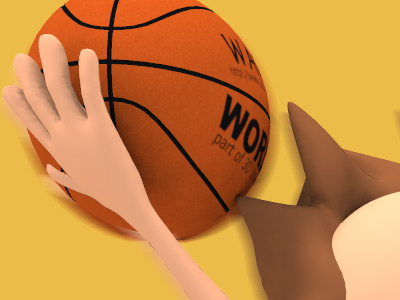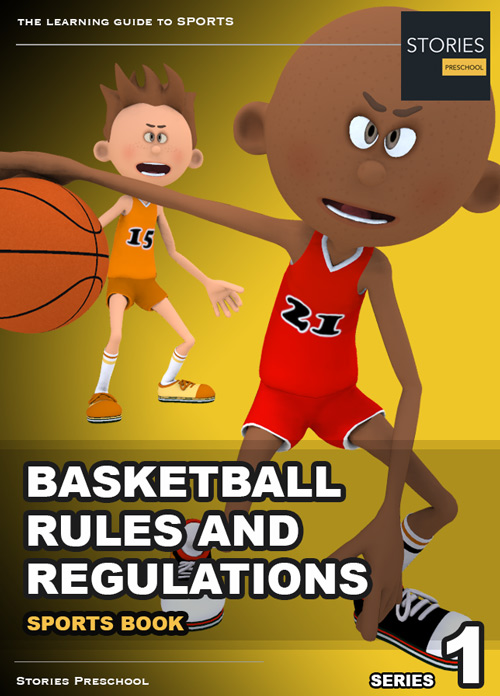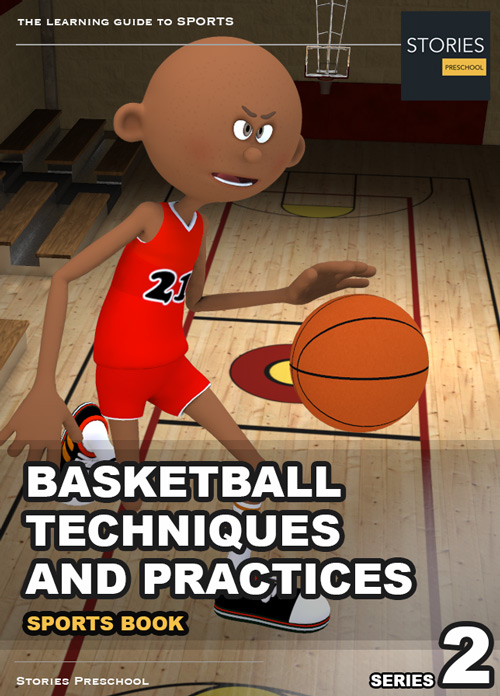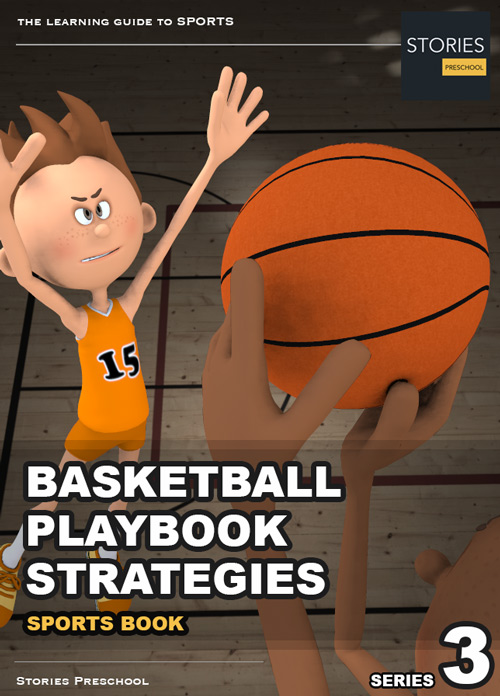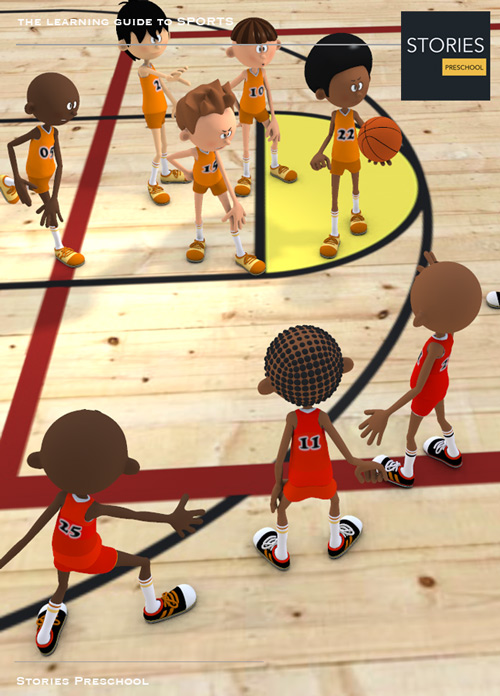Basketball

Rebounding
In basketball, a rebound, colloquially referred to as a board, is a statistic awarded to a player who retrieves the ball after a missed field goal or free throw. Rebounds are also given to a player who tips in a missed shot on his team's offensive end. Rebounds in basketball are a routine part in the game, as all possessions change after a shot is successfully made, or the rebound allows the defensive team to take possession. A rebound can be grabbed by either an offensive player or a defensive player.
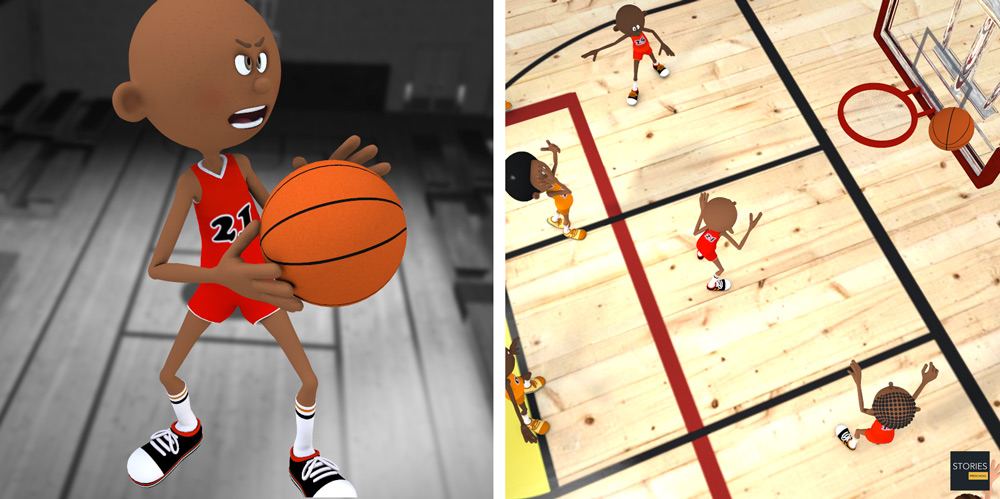
Types of rebounds
Rebounds are divided into two main categories: "offensive rebounds", in which the ball is recovered by the offensive side and does not change possession, and "defensive rebounds", in which the defending team gains possession. The majority of rebounds are defensive because the team on defense tends to be in better position (i.e., closer to the basket) to recover missed shots. Offensive rebounds give the offensive team another opportunity to score whether right away or by resetting the offense. A block is not considered a rebound.
A ball does not need to actually "rebound" off the rim or backboard for a rebound to be credited. Rebounds are credited after any missed shot, including air balls.
If a player takes a shot and misses and the ball bounces on the ground before someone picks it up, then the person who picks up the ball is credited for a rebound.
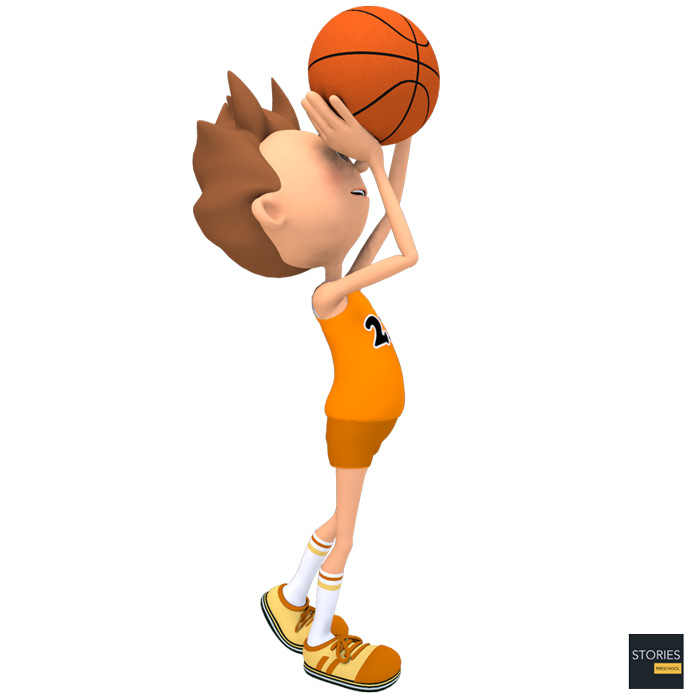
Rebounds are credited to the first player that gains clear possession of the ball or to the player that successfully deflects the ball into the basket for a score. A rebound is credited to a team when it gains possession of the ball after any missed shot that is not cleared by a single player (e.g., deflected out of bounds after the shot, blocked out of bounds, bounced directly off the rim out of bounds). A team rebound is never credited to any player, and is generally considered to be a formality as according to the rules of basketball, every missed shot must be rebounded whether a single player controls the ball or not.
Great rebounders tend to be tall and strong. Because height is so important, most rebounds are made by centers and power forwards, who are often positioned closer to the basket. The lack of height can sometimes be compensated by the strength to box out taller players away from the ball to capture the rebound. For example, Charles Barkley once led the league in rebounding despite usually being much shorter than his counterpart. However, some shorter guards can be excellent rebounders as well such as point guard Jason Kidd who led the New Jersey Nets in rebounding for several years. Great rebounders must also have a keen sense of timing and positioning. Great leaping ability is an important asset, but not absolutely necessary. Players such as Larry Bird and Moses Malone were excellent rebounders, but were never known for their leaping ability. Bird has stated, "Most rebounds are taken below the rim. That's where I get mine".
Boxing Out
Players position themselves in the best spot to get the rebound by "boxing out"—i.e., by positioning himself between an opponent and the basket, and maintaining body contact with the player he is guarding. The action can also be called "blocking out". A team can be boxed out by several players using this technique to stop the other team from rebounding.
Because fighting for a rebound can be very physical, rebounding is often regarded as "grunt work" or a "hustle" play. Overly aggressive boxing out or preventing being boxed out can lead to personal fouls.
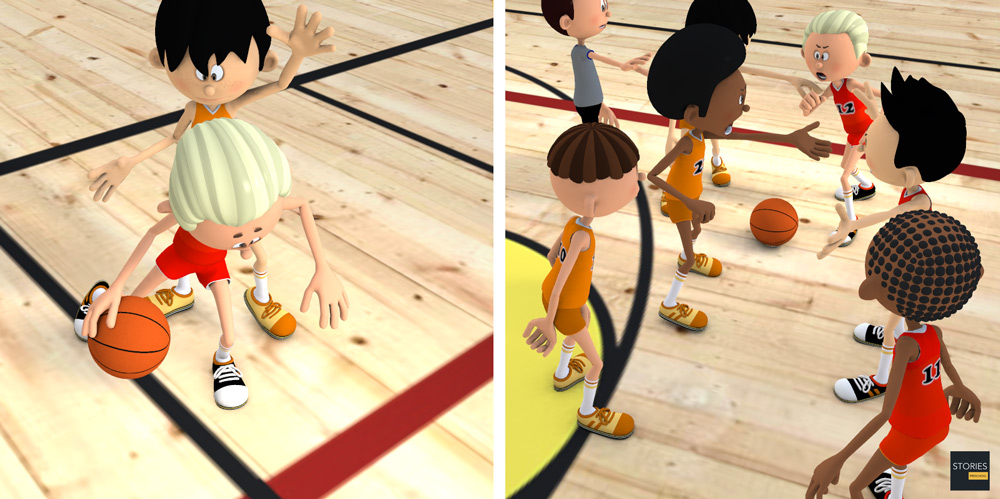
SPORTS
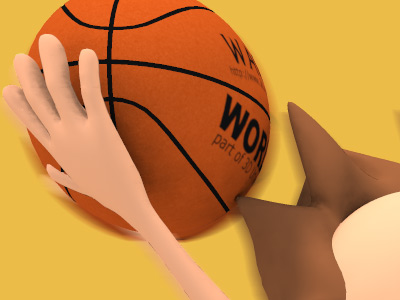
RESOURCES
This article uses material from the Wikipedia articles "Basketball" and "Rebound (basketball)", which is released under the Creative Commons Attribution-Share-Alike License 3.0.
© Stories Preschool. All Rights Reserved.
